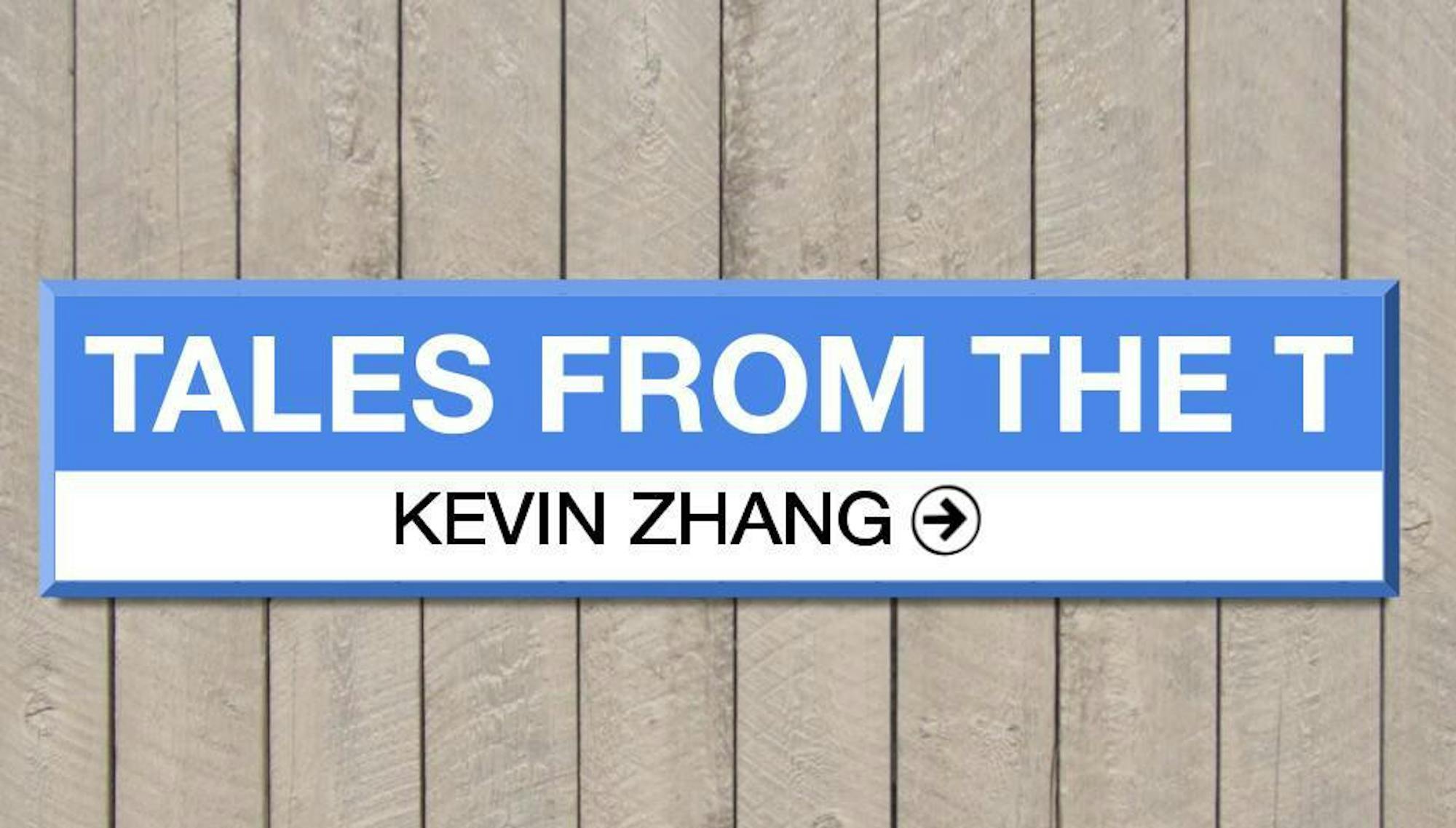Two weeks ago, the MBTA released a revised draft of its Bus Network Redesign, an ambitious plan to design a better bus network for Boston with improved coverage, frequency, equity and connectivity. The T’s end goal is to run more buses, more frequently, serving more people (particularly low-income populations most reliant on transit) and serving more destinations that riders want.
The last one is particularly salient to anyone who’s experienced the frustration of taking the T anywhere that isn’t downtown. This is by design — many of Boston’s bus routes follow century-old streetcar routes. These were built at a time when most jobs were located downtown. Thus, Boston’s transit network was designed with a wide network of streetcars and buses that would feed into subway stations like Harvard and Lechmere, from which trains could bring commuters into downtown. The network hasn’t changed much since, so today’s buses are still very good at funneling riders downtown, but not very good at pretty much anything else. Traveling to, say, Malden, requires you to transfer buses (often adding over half an hour in waiting time) or go all the way into downtown, then all the way back out.
Among other updates, the Bus Network Redesign promises to add additional convenient crosstown connections that avoid downtown. Perhaps the best example will be seen here on campus, with the redesigned Route 96. Today, the 96 runs from Medford Square to campus to Harvard, every 30 minutes if you’re lucky. But under the redesign, it’ll be extended from Medford Square to Malden Center and rerouted from Harvard to Union Square. What’s more, it’ll be upgraded to a big boy high-frequency line, with buses every 15 minutes. Imagine how useful it’ll be to hop on a high-frequency bus from Professors Row directly to Davis, Porter and Union Square, or Medford Square and Malden. No need to transfer or check bus schedules!
Looking at the proposed network map, the genius of the proposed 96 becomes clear — it cuts a broad arc surrounding inner Boston, allowing genuinely convenient travel between outer Boston communities without the congestion of going via downtown. At either end, it connects with additional high-frequency crosstown routes to Chelsea and Ruggles, opening up even more journey opportunities that don’t force you to endure the tourists at Park Street or Downtown Crossing.
With that said, a significant amount of ridership still consists of downtown commuters, and many busy existing feeder routes remain relatively unchanged. And with no bus lanes (insert Megamind pic), simply improving frequency on routes won’t be a cure-all — we need more infrastructure. But the proposed network still significantly strengthens crosstown service, promising to slash travel times and downtown transit crowding.
Of course, the proposed bus map does a lot of other equally important things right — it significantly improves off-peak and weekend frequency, and crucially, dramatically improves service for low-income communities that are the most reliant on transit. Overall, it’s a massive improvement, and while it’s by no means perfect (granted, the T has limited drivers, buses and funds), the MBTA’s planners have been very receptive to feedback — the proposed 96 will serve Medford Hillside and Union Square specifically because of community feedback in the first round of designs.
The proposed map is posted on the MBTA’s website, and the MBTA will host a public discussion on Monday, Nov. 14. Whether you’re a prospective or longtime resident, you’ll have the opportunity to participate and watch the future of Boston’s bus network take shape.






